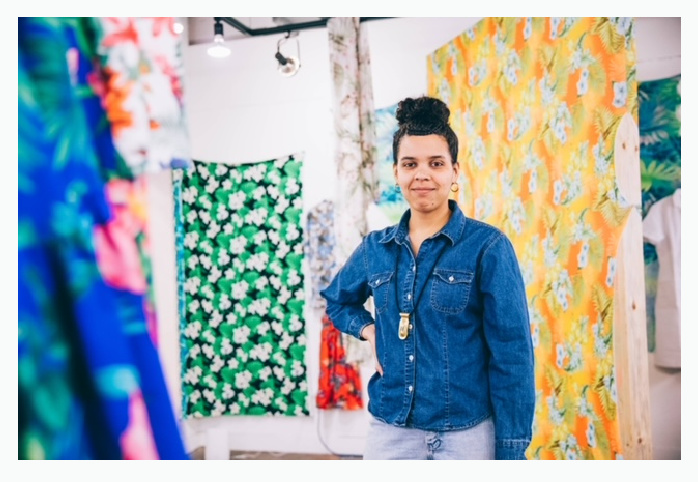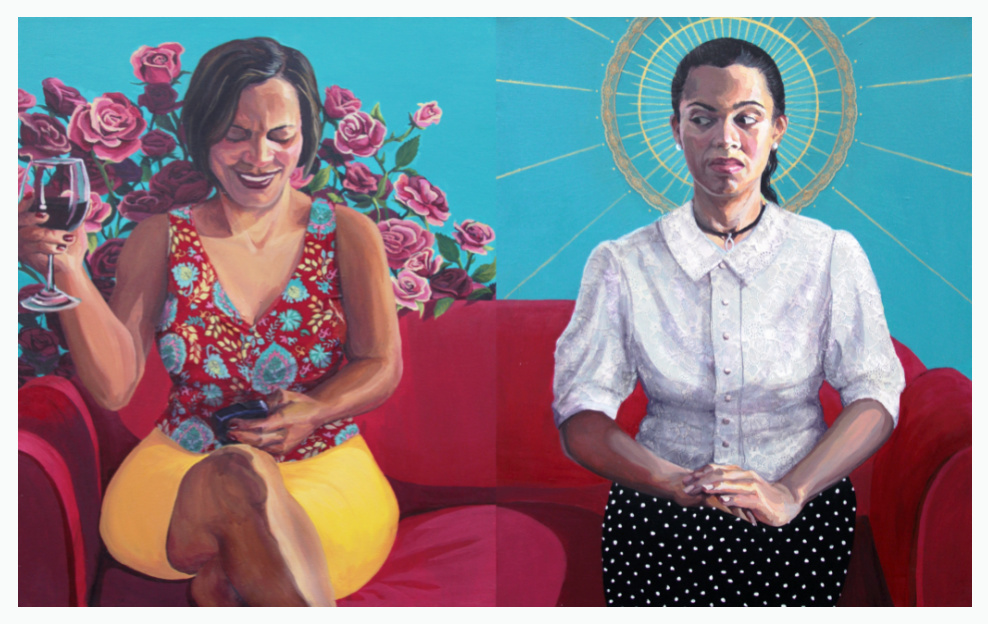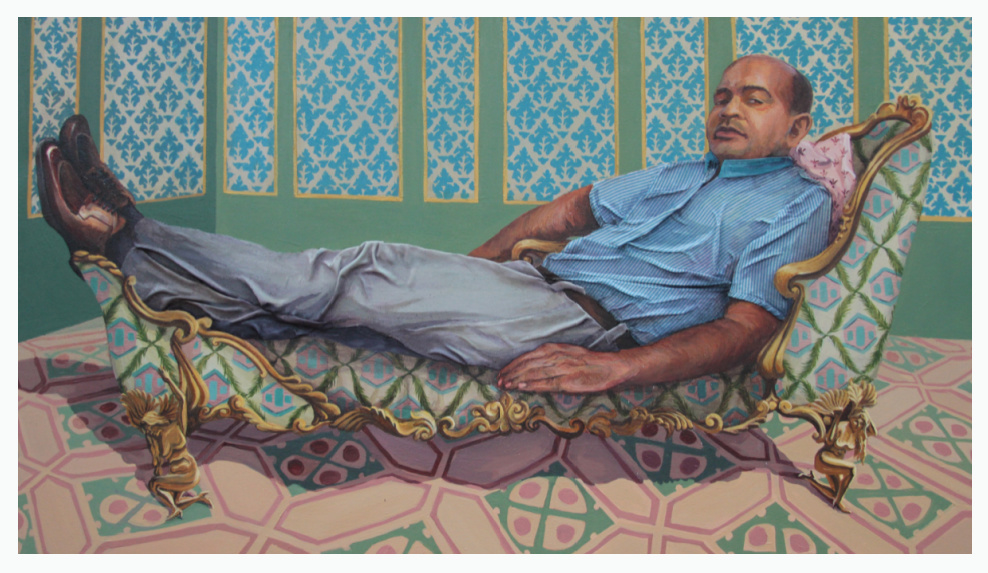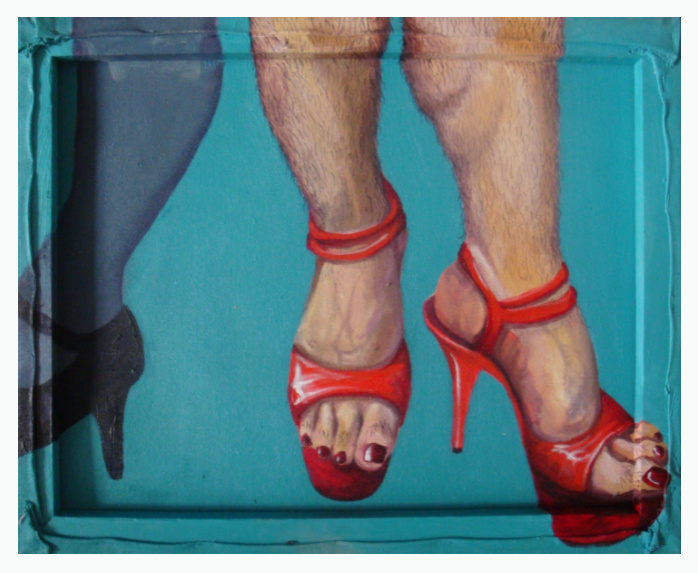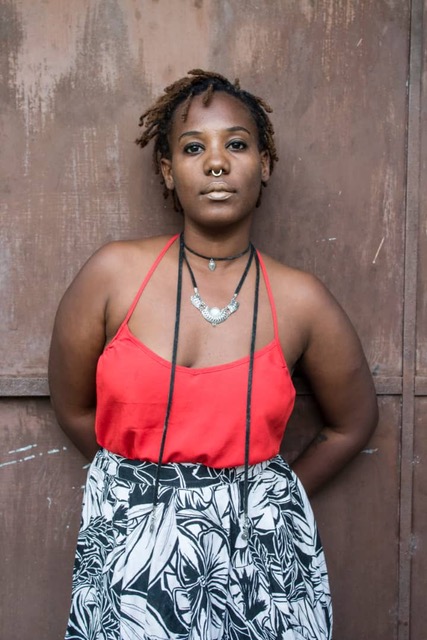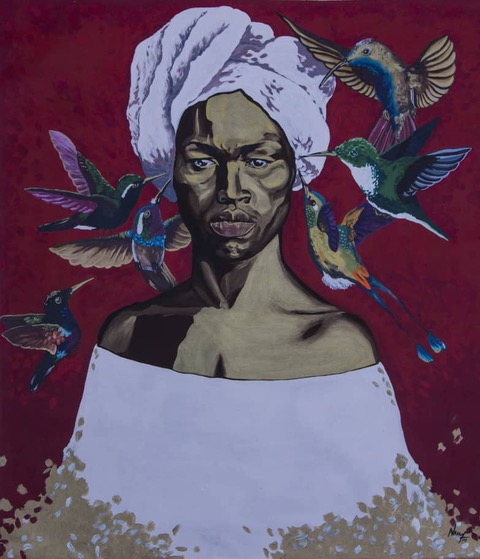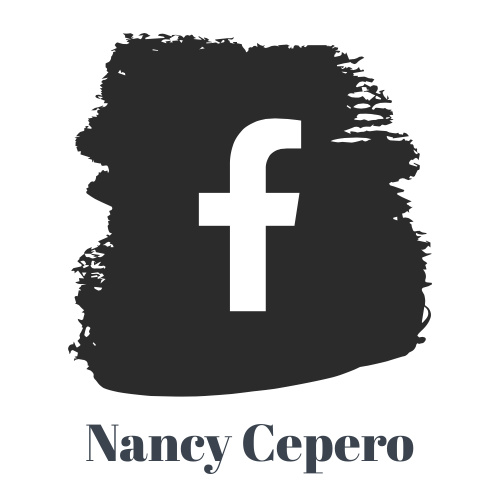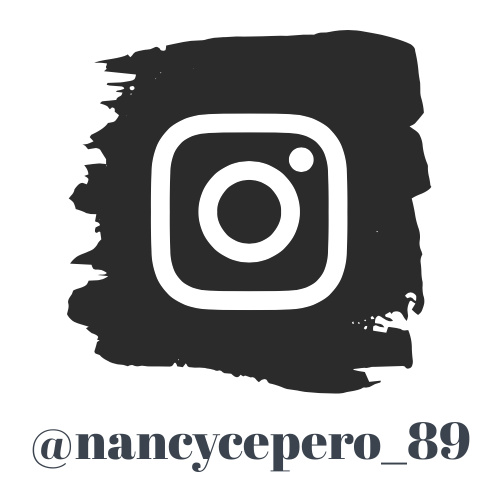2024-2025 Marta S. Weeks Artist in Residence
Jorge Acevedo Rivera

Artista independiente de medios mixtos, nacido en 1970 en Honolulu, Hawái. Vivió sus primeros años en Puerto Rico y cuando niño se mudó a la zona de Boston en Nueva Inglaterra, hasta que recibió educación formal en Bellas Artes. En 1997, regresó a Puerto Rico y estableció residencia en la isla de Culebra, donde se embarcó en un estudio de temas a través del dibujo y la pintura de artefactos en el paisaje. Con un énfasis en temas específicos del lugar, su obra busca inspirar la curiosidad hacia nuestro contexto en el tiempo, el lugar y la trayectoria.
En el año 2000, inició una reflexión continua al pintar de forma anónima un tanque de la Segunda Guerra Mundial en la Playa Flamenco. En 2003, fundó El Estudio de Arte Fango, un estudio interactivo de arte que desde entonces ha funcionado como una instalación multimedia y un punto de encuentro de ideas. Los temas abordados entrelazan la naturaleza, la cultura y la historia en forma de artefactos. Los visitantes, tanto locales como extranjeros, contribuyen con su curiosidad y experiencias al proceso de interpretación.
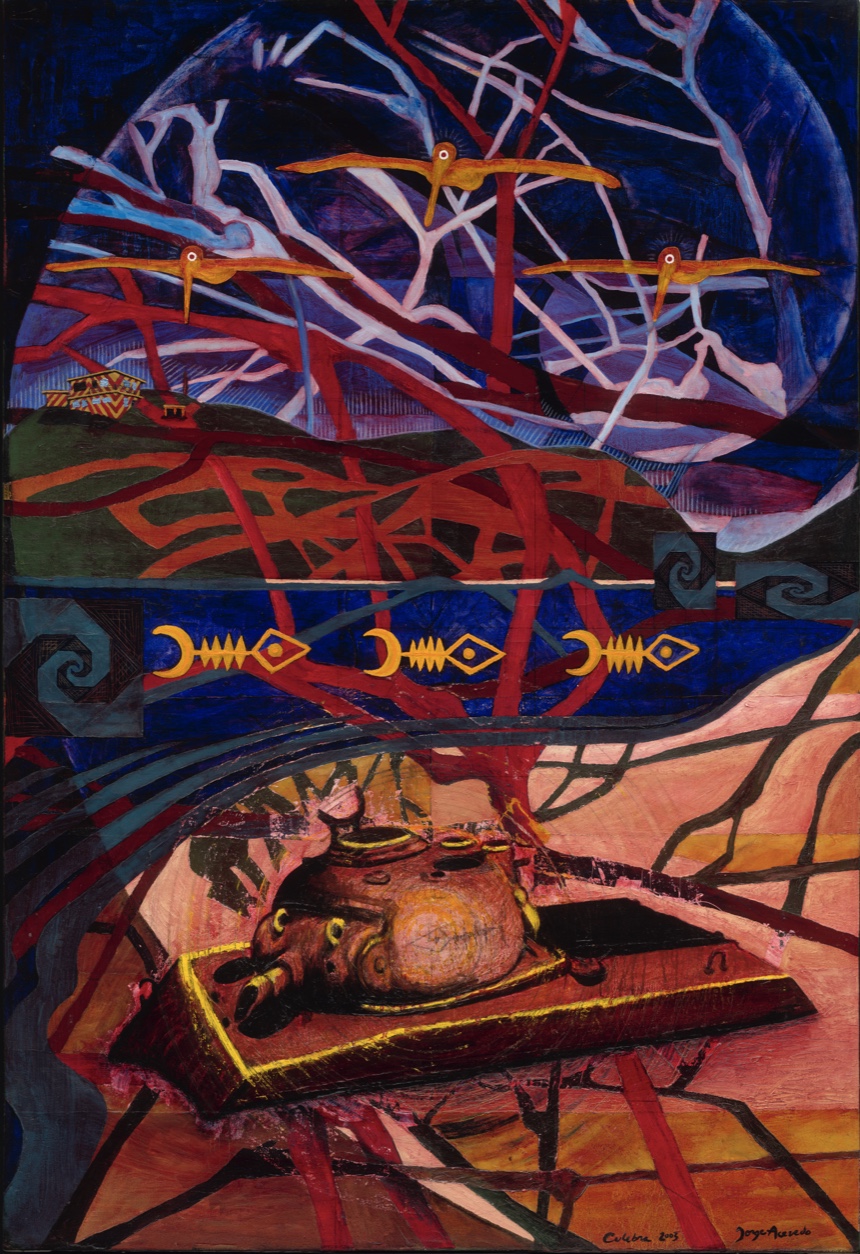
“Flamenco: Tanque III” / "Flamenco: Tank III"
Sobre Culebra:
Culebra es un municipio de Puerto Rico, situado aproximadamente a 17 millas de la costa este de Puerto Rico. Culebra es un archipiélago compuesto por una isla principal y 23 islas más pequeñas. La isla principal mide 7 millas por 3,5 millas. Culebra fue «descubierta» por los europeos en 1493, y luego se convirtió en refugio de taínos fugitivos y piratas, hasta que los españoles ofrecieron incentivos a los colonos en 1880.
Desde 1901, la Marina estadounidense solicitó la «jurisdicción exclusiva» sobre las islas de Culebra. Los soldados llegaron en 1902, y Culebra se convirtió en lugar de ejercicios militares estadounidenses. En 1903, los EE.UU. establecieron una Reserva Naval, seguida de un santuario de aves en 1909 que se utilizó como pretexto para transferir tierras para uso de la Marina. Tras años de prácticas de bombardeo entre enero y marzo, el desalojo definitivo del area de Flamenco se produjo en 1937.
En 1939 la isla se convirtió en lugar de prácticas militares en preparación de la intervención estadounidense en la Segunda Guerra Mundial. Las negociaciones de la Marina estadounidense para la completa despoblación de Culebra y Vieques durante 1958-1964 fueron apodadas «Plan Drácula» debido a la petición de eliminar también los cementerios. Las movilizaciones populares por la desmilitarización comenzaron en 1968. Las protestas se intensificaron en 1971, hasta que la Marina estadounidense abandonó la isla para continuar sus ejercicios militares en Vieques en 1975.
(Para más información, véase Tamara Pérez Rodríguez,
Movilización social y política contra la presencia de la Marina en Culebra, 1960-1975. Publicaciones Puertorriqueñas, Inc., 2015).
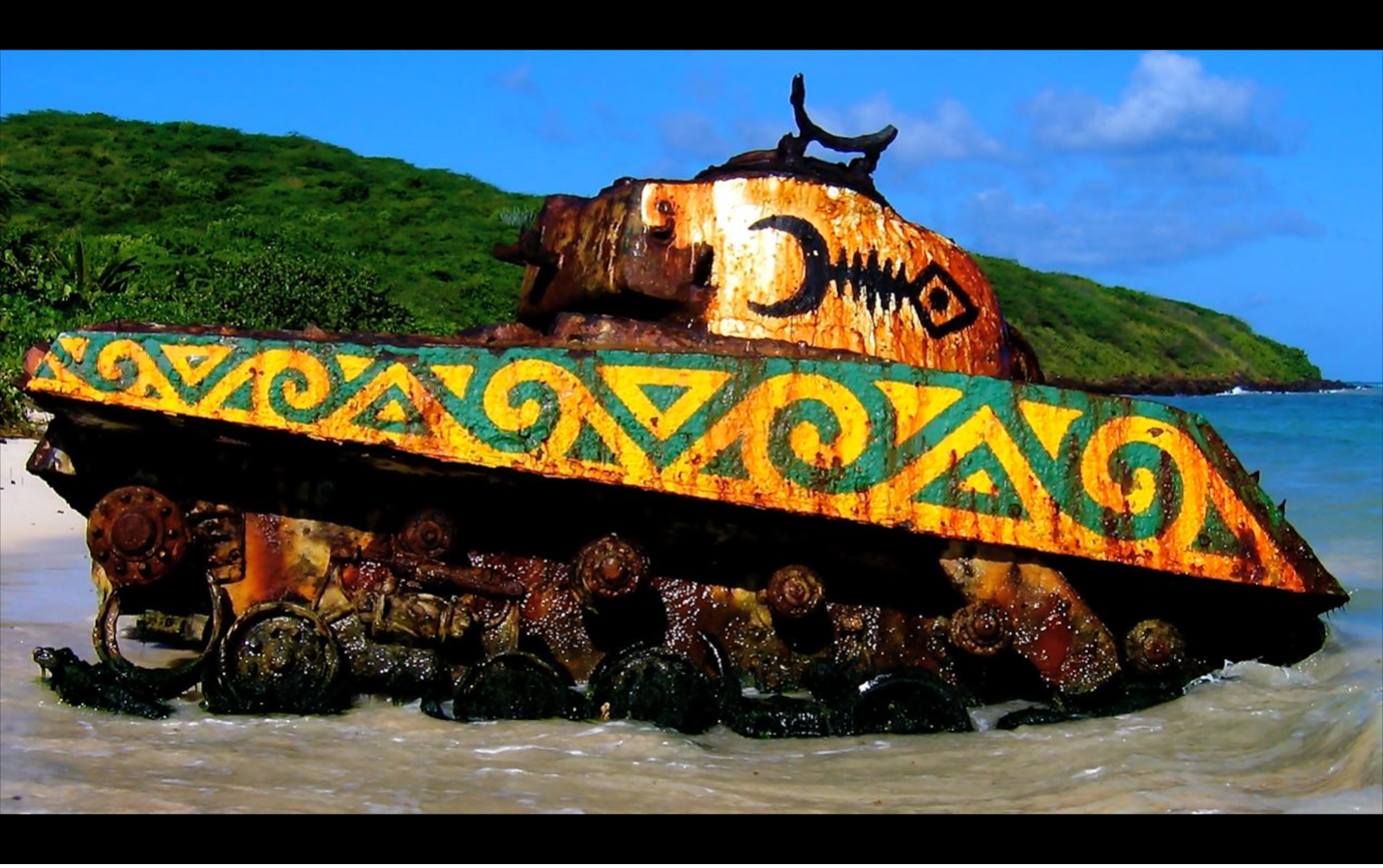
La otra parte de esa pieza es el artefacto actual en la playa como Jorge Acevedo Rivera lo mantuvo por 15 años. / The other part of this piece is the actual artifact on the beach as it was kept by Jorge Acevedo Rivera for 15 years.
Jorge Acevedo Rivera is an independent mixed media artist, born in 1970 in Honolulu, Hawaii. He lived his early years in Puerto Rico then moved to the Boston area of New England as a boy until receiving formal education in Fine Arts. In 1997, he returned to Puerto Rico and established residence on the island of Culebra, where he embarked on a study of themes through drawing and painting artifacts on the landscape. With an emphasis on site-specific subjects, the work seeks to inspire curiosity towards our context in time, place and trajectory.
In the year 2000, he began an ongoing reflection by anonymously painting a World War II tank on Flamenco Beach. In 2003, he founded El Estudio de Arte Fango (an interactive art studio) which has since functioned as a multimedia installation and a meeting point of ideas. The themes addressed intertwine nature, culture and history in the form of artifacts. Visitors, both local and foreign, contribute their curiosity and experiences to the interpretation process.
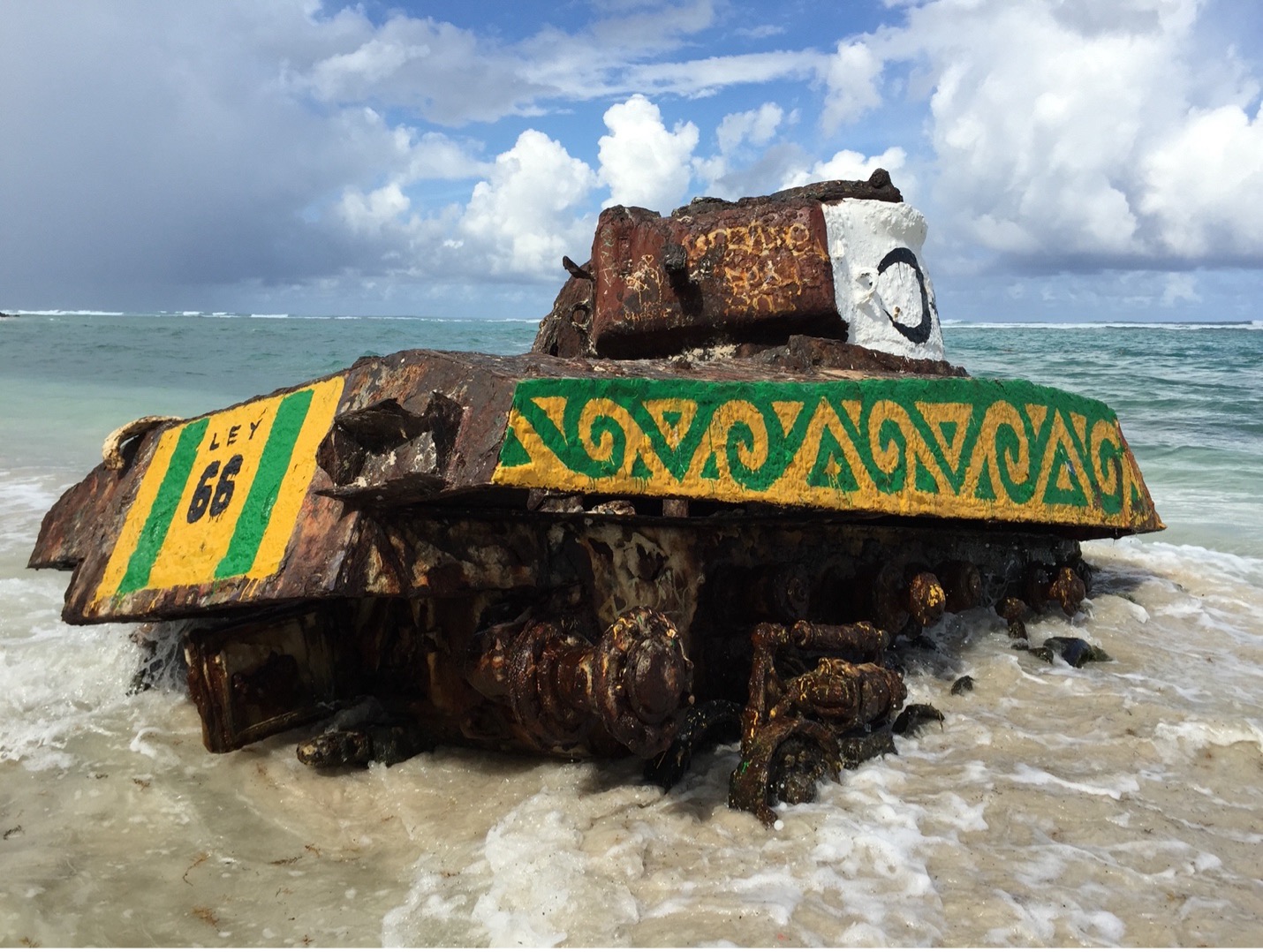
La intervención pública independiente logró re-identificar ese espacio y la historia que representa. / The independent public intervention succeeded in re-identifying this space and the history it represents.
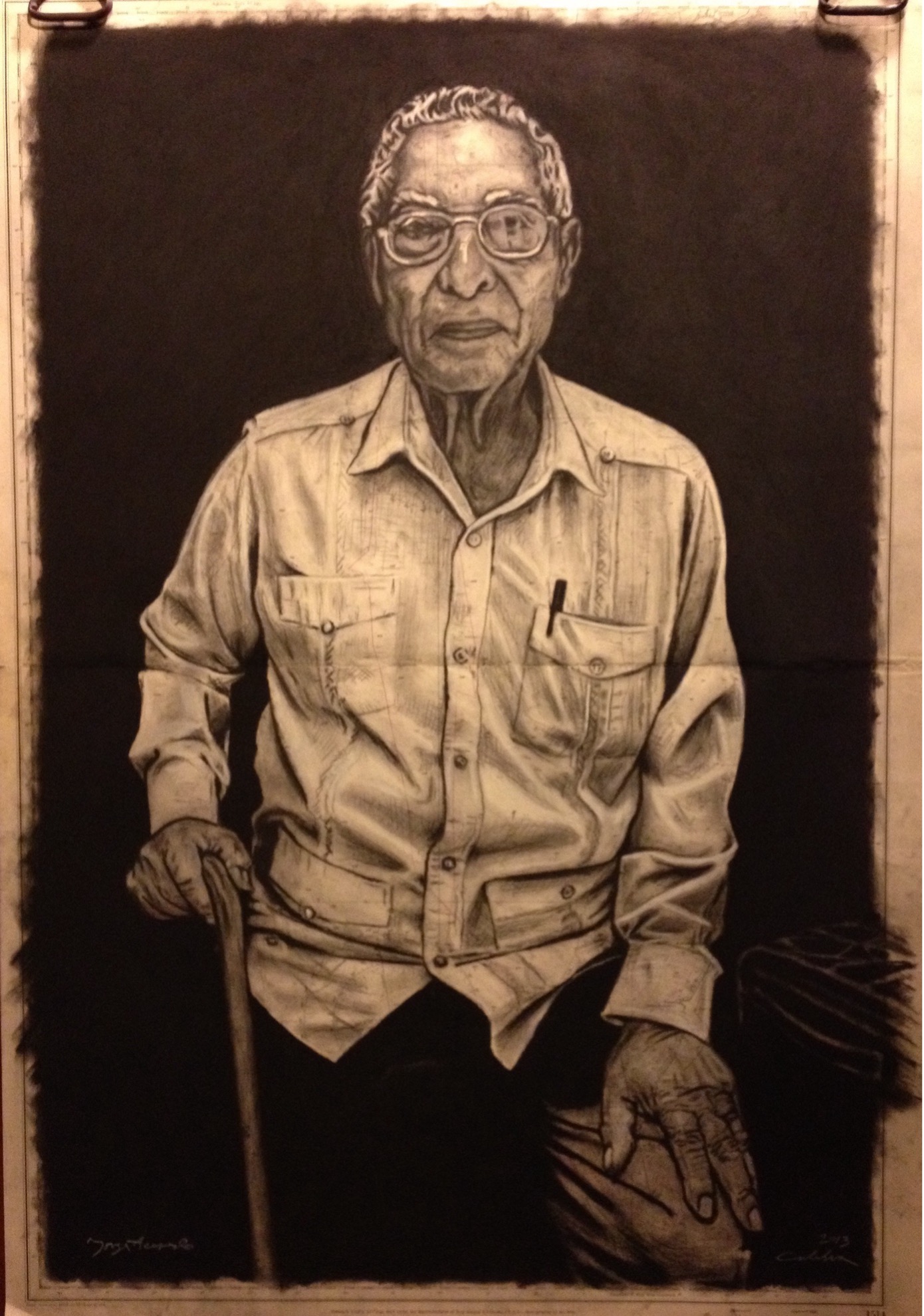
Don Monchín (Ramón Feliciano Encarnación), el Alcalde de Culebra quien fue victorioso con el imposible de desahuciar la Marina de Guerra más poderosa del mundo./Don Monchín (Ramón Feliciano Encarnación), the Mayor of Culebra who was victorious in the impossible task of evicting the world's most powerful Navy.
About Culebra:
Culebra is a municipality of Puerto Rico, located approximately 17 miles off the east coast of Puerto Rico. Culebra is itself an archipelago composed of a main island and 23 smaller islands. The main island is 7 miles by 3.5miles. Culebra was “discovered” by Europeans in 1493, and then became a refuge for runaway taínos and pirates, until Spaniards offered incentives to settlers in 1880.
Since 1901, the U.S. Navy requested ‘exclusive jurisdiction’ over the islands of Culebra. Soldiers arrived in 1902, and Culebra became a site for U.S. military exercises. In 1903, the U.S. established a Naval Reservation, followed by a bird sanctuary in 1909 that was used as a pretext to transfer lands for Navy use. Following years of bombing practices between January and March, the final eviction of the Flamenco village occurred in 1937.
In 1939 the island became a military practice site in preparation for U.S. intervention in World War II. The U.S. Navy negotiations for the complete depopulation of Culebra and Vieques during 1958-1964 were dubbed “Plan Drácula” due to the request to remove the cemeteries as well. Popular mobilizations for demilitarization began in 1968. Protests intensified in 1971, until the U.S. Navy left the island to continue its military exercises in Vieques in 1975.
(For more information, see Tamara Pérez Rodríguez, Social and political mobilization against the U.S. Navy Presence in Culebra, 1960-1975. Publicaciones Puertorriqueñas, Inc., 2015.)
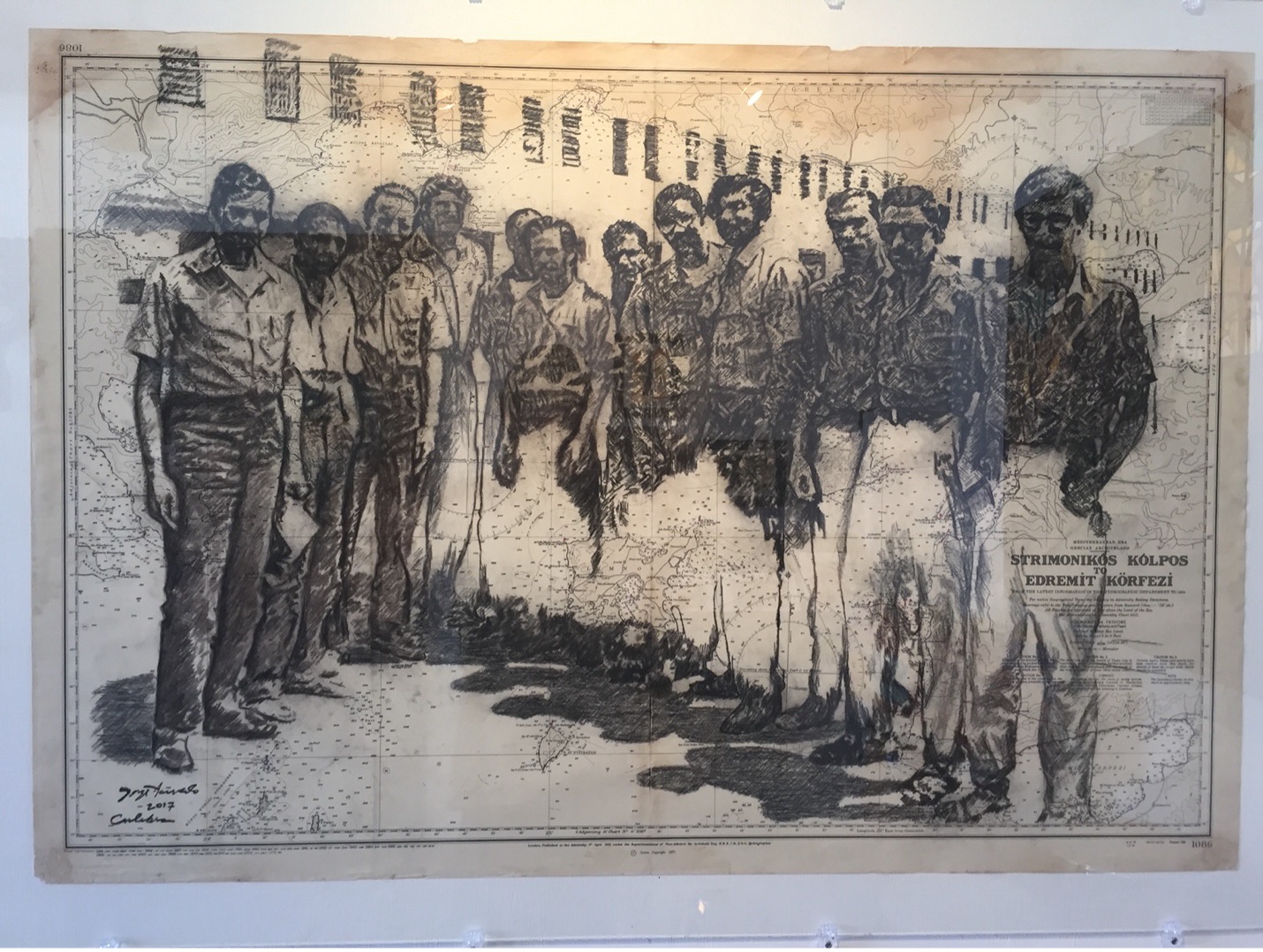
Los Héroes de Culebra, presos en Oso Blanco (cárcel federal en PR) por montar una capilla en la Playa Flamenco en 1971 / The heroes of Culebra, prisoners in Oso Blanco (federal prison in PR) for setting up a chapel on Flamenco Beach in 1971










